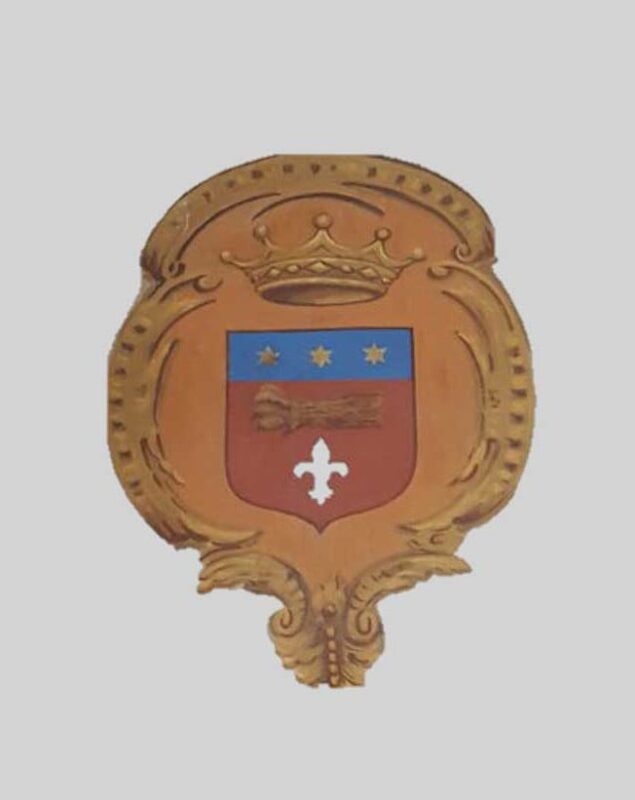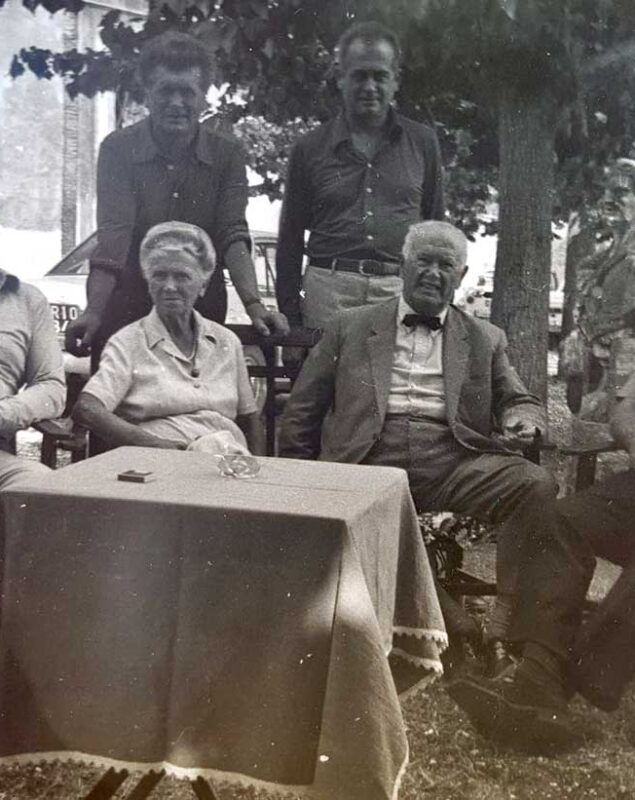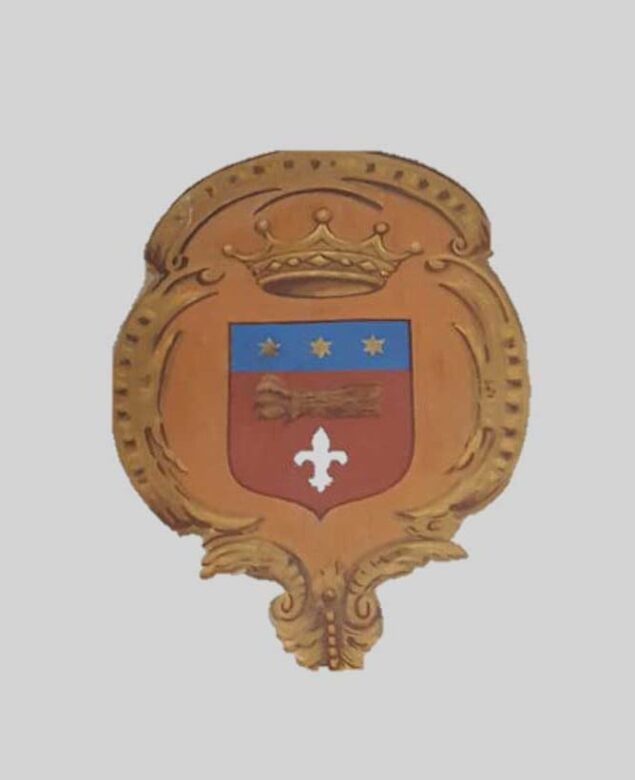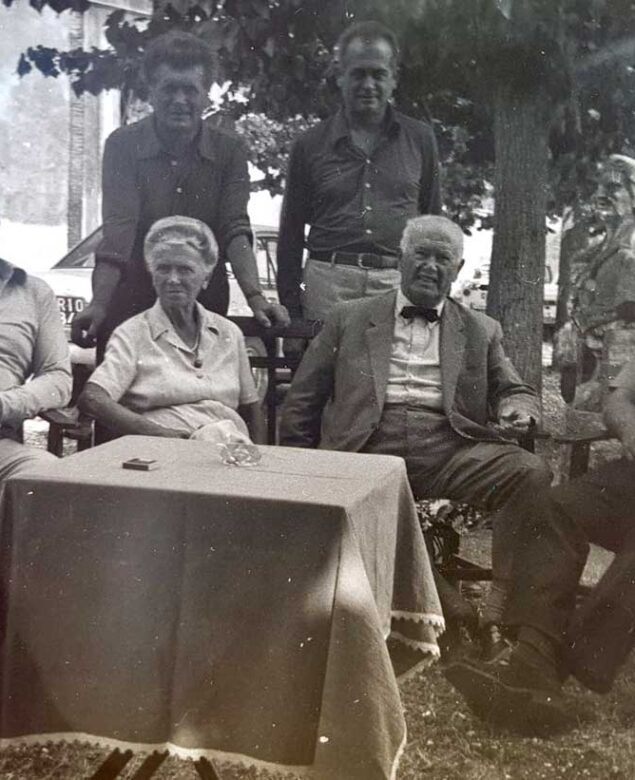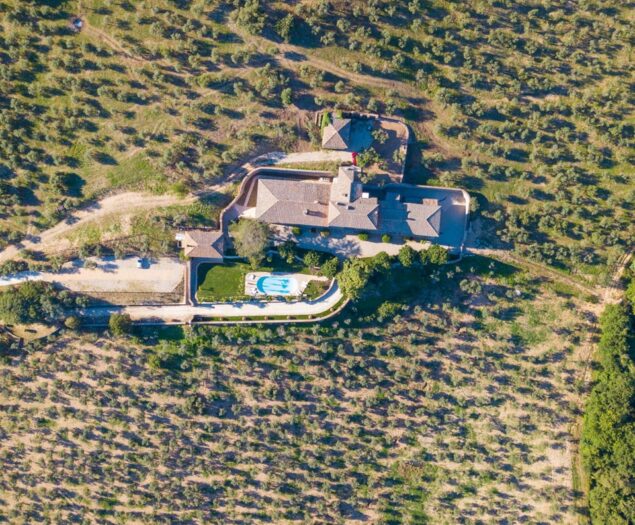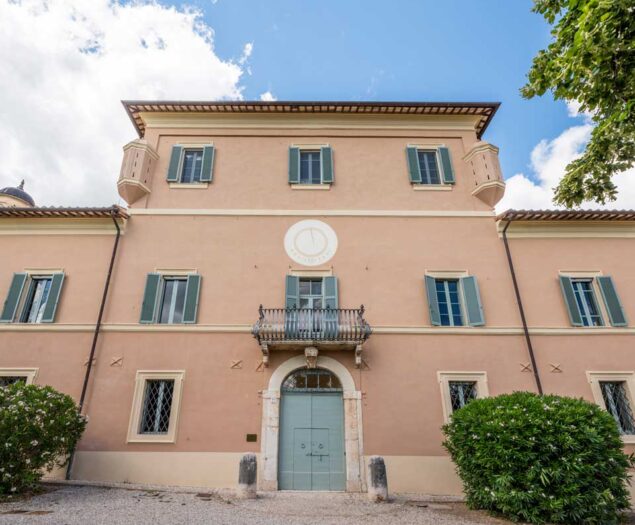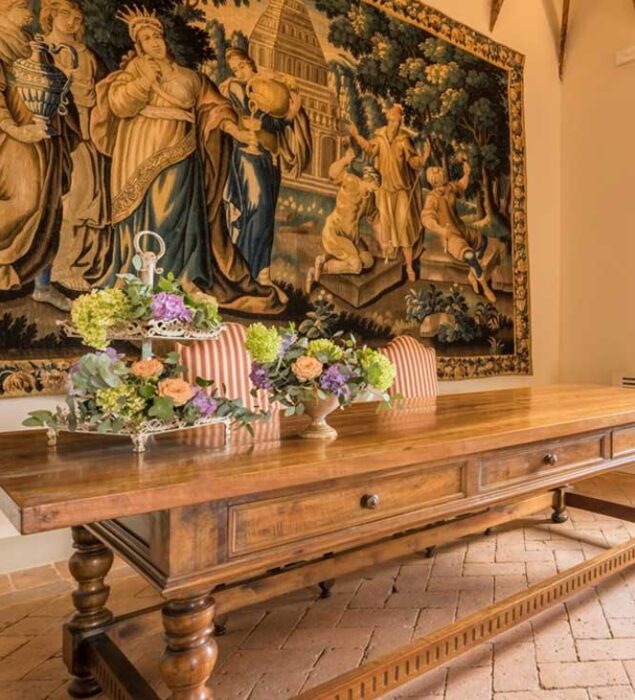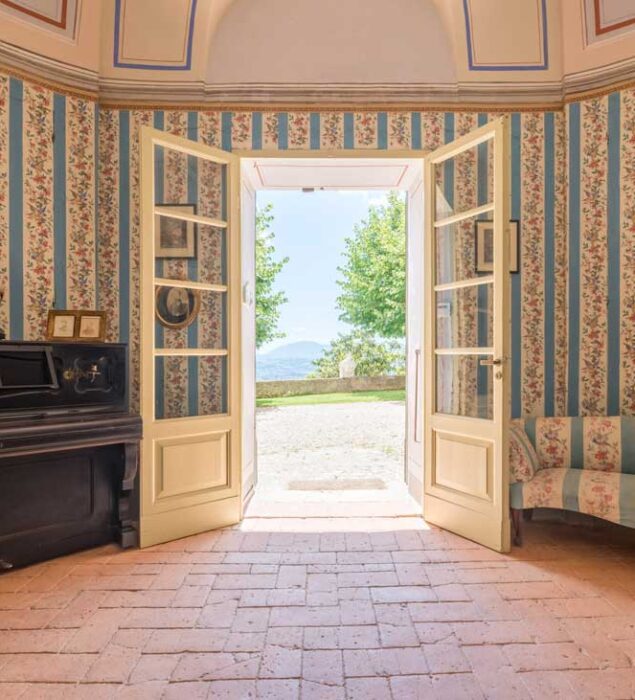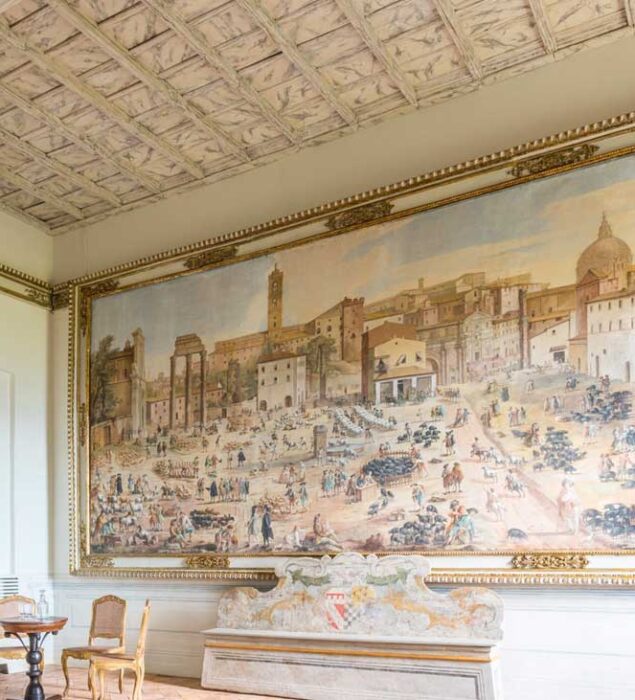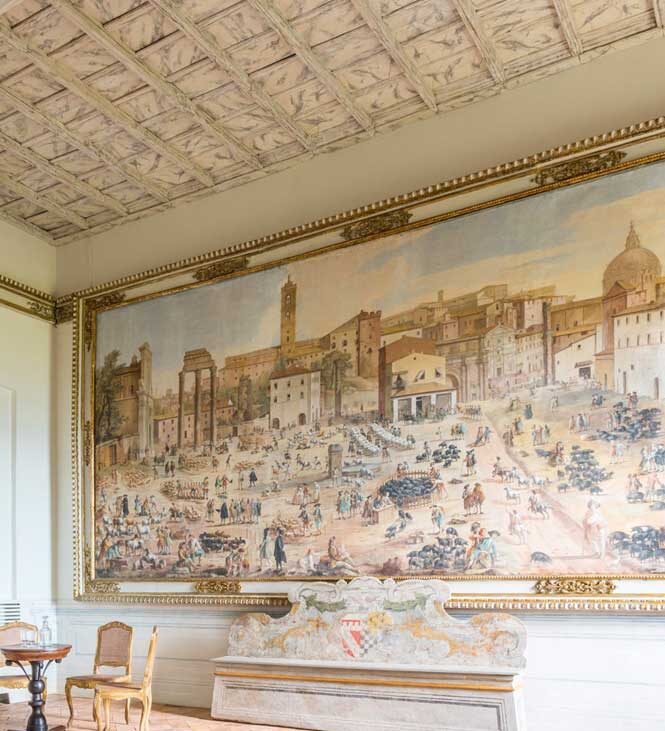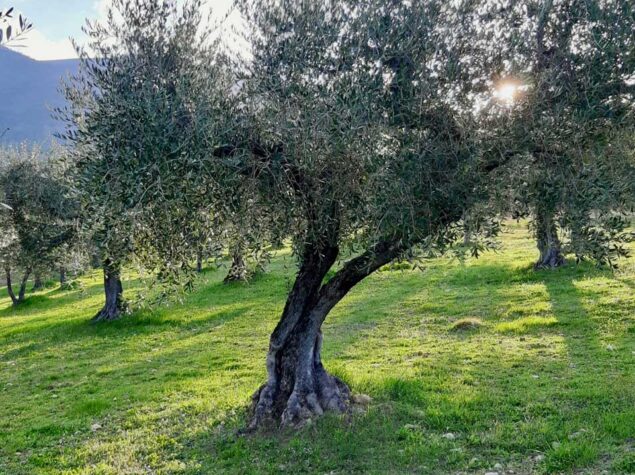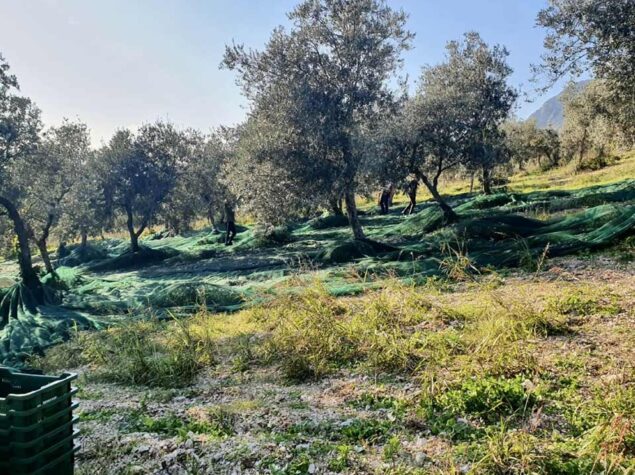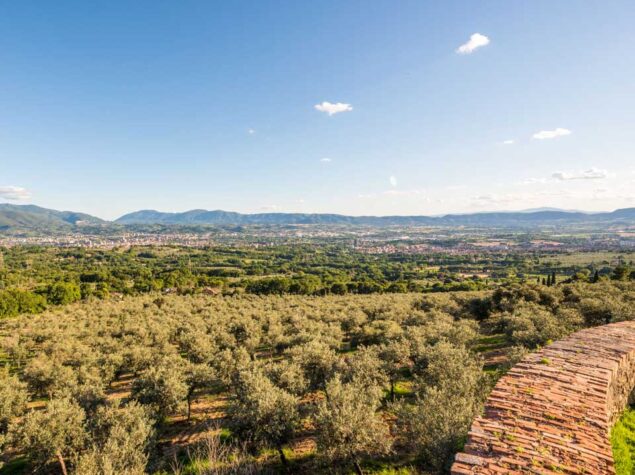History
Villa Bianchini Riccardi, formerly Villa Canale and before then Villa Setacci, is located in S. Giovanni in Piedimonte, at the foot of Monte Torricella, overlooking the city of Terni. It was built by an aristocrat from Todi, Fausto Galluzzi in 1640, with a much smaller layout than today, limited to the central body without the second and third floor and the western wing. On July 2, 1665, Pope Alexander VII conferred on him the office of Senator, which he exercised until the day of his death in 1659.
The Villa then passed to the Canale family by marriage and thanks to the intervention of Cardinal Saverio Canale, Prefect of Grascia (Minister of Economy) of the Papal State, around 1740 was enlarged with the construction of the eastern wing, the elevation of a floor of the central body, the construction of a theatre that was destroyed in the early 1900s and enriched with various paintings and sculputres.
It was later bought by the Setacci Family of Terni in 1851, at the price of ten thousand gold coins. The last of the Setacci, Virginia, married Riccardo Bianchini Riccardi in 1992 and the Villa has been owned by the Bianchini Riccardi family ever since.
In the 1940s, the Bianchini Riccardi family terraced the whole building to fortify it and had a boundary wall built. In recent times, a major restoration and redevelopment work has been undertaken, which was completed in the autumn of 2019.
History
Villa Bianchini Riccardi, formerly Villa Canale and before then Villa Setacci, is located in S. Giovanni in Piedimonte, at the foot of Monte Torricella, overlooking the city of Terni. It was built by an aristocrat from Todi, Fausto Galluzzi in 1640, with a much smaller layout than today, limited to the central body without the second and third floor and the western wing. On July 2, 1665, Pope Alexander VII conferred on him the office of Senator, which he exercised until the day of his death in 1659.
The Villa then passed to the Canale family by marriage and thanks to the intervention of Cardinal Saverio Canale, Prefect of Grascia (Minister of Economy) of the Papal State, around 1740 was enlarged with the construction of the eastern wing, the elevation of a floor of the central body, the construction of a theatre that was destroyed in the early 1900s and enriched with various paintings and sculputres.
It was later bought by the Setacci Family of Terni in 1851, at the price of ten thousand gold coins. The last of the Setacci, Virginia, married Riccardo Bianchini Riccardi in 1992 and the Villa has been owned by the Bianchini Riccardi family ever since.
In the 1940s, the Bianchini Riccardi family terraced the whole building to fortify it and had a boundary wall built. In recent times, a major restoration and redevelopment work has been undertaken, which was completed in the autumn of 2019.
Architecture
The Villa is one of the most monumental and best preserved of the 18th century in the area and offers to its guests a unique view of the Terni valley. Immersed in the center of its olive groves, is elegant in its structure but at the same time simple in its form. Its configuration is very elongated with a rectangular plan, with a three-floor central body, higher than the two-story wings, arranged symmetrically. Both the central body and the wings have a pavilion roof. The façade is characterized by the cornices around the windows, by string-course bands and by corner pilasters. Along the wings there are two walled arches, while the central body is characterized by the arched portal in the centre, emphasized by the balcony of the noble floor and immediately above, by the large disk of the sundial. The top floor of the central body is distinguished by the presence of two sentry boxes at both corners.
Architecture
The Villa is one of the most monumental and best preserved of the 18th century in the area and offers to its guests a unique view of the Terni valley. Immersed in the center of its olive groves, is elegant in its structure but at the same time simple in its form. Its configuration is very elongated with a rectangular plan, with a three-floor central body, higher than the two-story wings, arranged symmetrically. Both the central body and the wings have a pavilion roof. The façade is characterized by the cornices around the windows, by string-course bands and by corner pilasters. Along the wings there are two walled arches, while the central body is characterized by the arched portal in the centre, emphasized by the balcony of the noble floor and immediately above, by the large disk of the sundial. The top floor of the central body is distinguished by the presence of two sentry boxes at both corners.
Art
A Villa for events where you can breathe art and history: this and much more is Villa Bianchini Riccardi.
Over the centuries, particularly under the ownership of the Canale family, the Villa has been enriched with unique pieces of art. Among the artistic heritage stands out for its refinement the cherub located in the living room on the ground floor and the one in the chapel, the paintings attributed to Luigi Vanvitelli and his students, now in the suite Rome, the portrait of the Cardinal in the Billiard room, attributed to Jean-Honoré Fragonard and the magnificent paintings of the Major Italian ports; A Medici Tapestry part of a collection of nine pieces, one of which is on display at the Italian Embassy in London, as well as the beautiful frescoes, decorated ceilings and large original paintings that decorate most of the rooms of the Villa. Scattered around the Villa, you can also admire statues and fragments of marble statues, some dating back to Roman times.
Guests of Villa Bianchini Riccardi will thus find salons of unquestionable charm, surrounded by beautiful pictorial decorations such as: representations of dances and musical events, hunting scenes and landscapes of the countryside.
Art
A Villa for events where you can breathe art and history: this and much more is Villa Bianchini Riccardi.
Over the centuries, particularly under the ownership of the Canale family, the Villa has been enriched with unique pieces of art. Among the artistic heritage stands out for its refinement the cherub located in the living room on the ground floor and the one in the chapel, the paintings attributed to Luigi Vanvitelli and his students, now in the suite Rome, the portrait of the Cardinal in the Billiard room, attributed to Jean-Honoré Fragonard and the magnificent paintings of the Major Italian ports; A Medici Tapestry part of a collection of nine pieces, one of which is on display at the Italian Embassy in London, as well as the beautiful frescoes, decorated ceilings and large original paintings that decorate most of the rooms of the Villa. Scattered around the Villa, you can also admire statues and fragments of marble statues, some dating back to Roman times.
Guests of Villa Bianchini Riccardi will thus find salons of unquestionable charm, surrounded by beautiful pictorial decorations such as: representations of dances and musical events, hunting scenes and landscapes of the countryside.
Our olive groves
“How beautiful it was to sit under the olive trees, satisfied and happy to be together in that kind of heaven on earth.”
(Agatha Christie)
The villa is surrounded by an olive grove of over 20 hectares, which has always been the pride of the property. From this precious variety of Moraiolo olive, rigorously hand-picked and cold-pressed in a local high-tech mill, an extraordinary D.O.P. extra virgin olive oil is produced every year, with few rivals in Italy in terms of quality and taste. The family has always jealously guarded and cultivated the olive grove, now adapting it to modern harvesting systems. The olive oil of Piedimonte, produced by the Società Agricola Bianchini Riccardi s.s., can be purchased at the Villa in various sizes.
Our olive groves
“How beautiful it was to sit under the olive trees, satisfied and happy to be together in that kind of heaven on earth.”
(Agatha Christie)
The villa is surrounded by an olive grove of over 20 hectares, which has always been the pride of the property. From this precious variety of Moraiolo olive, rigorously hand-picked and cold-pressed in a local high-tech mill, an extraordinary D.O.P. extra virgin olive oil is produced every year, with few rivals in Italy in terms of quality and taste. The family has always jealously guarded and cultivated the olive grove, now adapting it to modern harvesting systems. The olive oil of Piedimonte, produced by the Società Agricola Bianchini Riccardi s.s., can be purchased at the Villa in various sizes.


